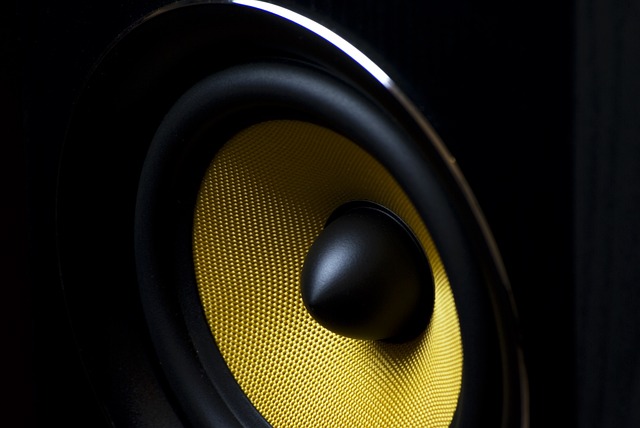Spacial Audio: What It Means for Conference Rooms, Retail Stores, and Beyond
The way sound works in a room can change how people feel, act, or focus. With more businesses paying attention to customer experience and team communication, sound has become more than just background. It’s now a tool that shapes how a space works. That’s where spacial audio comes in.
Unlike basic systems that push sound from one point, spacial audio places sound where it’s meant to be. It gives a fuller, more natural experience. In a conference room, this can mean clearer voices during meetings. In a store, it helps create atmosphere without making the space feel loud or uneven. The sound blends into the environment, guiding movement and mood without drawing attention to itself.

Image Source: Pixabay
Spacial audio is about direction and depth. Instead of hearing everything from one speaker, the sound moves around you. It can feel like a person is standing in a certain spot or like music is floating from the side rather than the front. This makes listening easier and more pleasant, especially in shared spaces.
In offices, sound often gets lost in big rooms or echo-heavy areas. That can cause confusion during calls or group discussions. With spacial audio solutions, the voices of each speaker can be placed clearly in the room, so people on the far side of the table sound like they’re right there. This helps teams stay focused and improves understanding.
Retail shops also benefit from better sound control. Instead of playing music that bounces off hard walls or sounds too loud in one corner, these systems allow sound to move smoothly across different sections. A customer walking from one area to another might hear soft changes in music, guiding them naturally through the space. Spacial audio solutions make it easier to shape the mood without needing to blast sound at high volumes.
Some stores also use sound as part of their storytelling. For example, a travel shop might play soft waves and birds near the holiday section. Or a fitness store could use sound to add energy in activewear areas. When the sound is placed well, it adds to the theme without distracting from the products.
Beyond retail and meeting rooms, spacial audio is also showing up in hotels, showrooms, and learning spaces. Anywhere people need to listen or move through a space, sound can help support their activity. A well-designed system can make the space feel larger, calmer, or more dynamic, depending on the goal.
Using spacial audio solutions does take planning. The size of the room, the shape of the ceiling, and the way people move all affect how sound should be placed. That’s why it’s often best to work with a specialist who can design the setup to fit the space properly. The aim is not to fill every corner with sound, but to make sure that every area hears what it should.
Modern systems are now easier to manage than ever. Some can connect to apps that let staff adjust settings, change playlists, or update sound zones in real time. This gives teams more control and avoids the need for fixed sound patterns that may not always suit the time of day.
While it might sound high-tech, the goal of spacial audio is simple: to make sound feel natural. When done well, people don’t always notice it, but they feel the difference. They might stay longer, listen more closely, or enjoy their visit without knowing why.
In the end, sound isn’t just something you hear, it’s part of the full experience. By using spacial audio solutions, businesses can create better spaces that support focus, improve comfort, and leave a stronger impression.
Comments